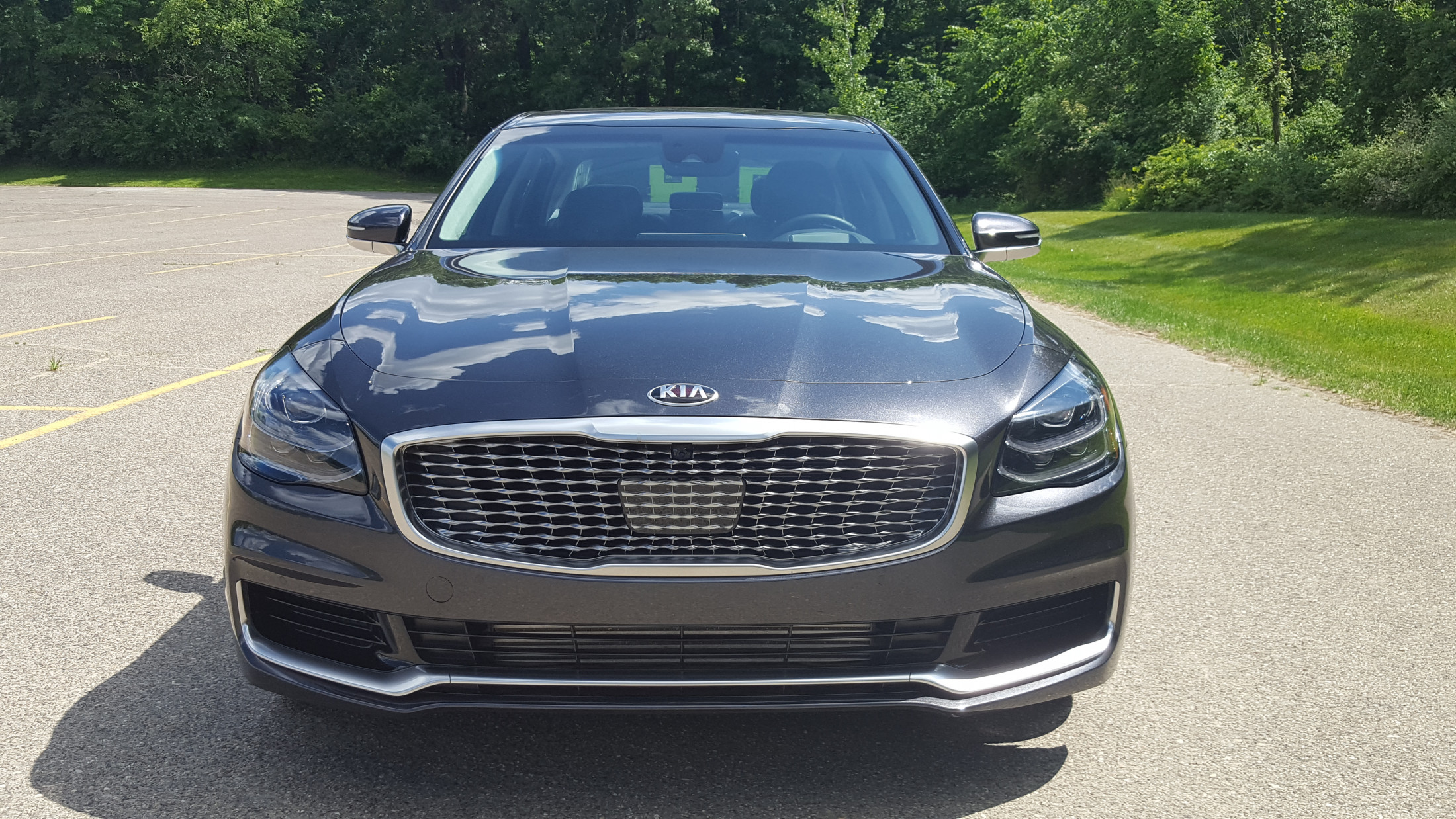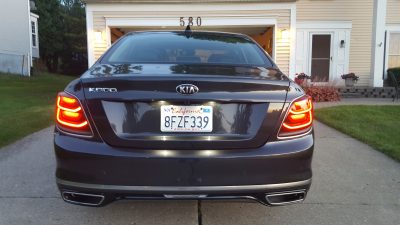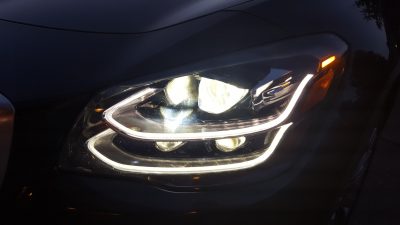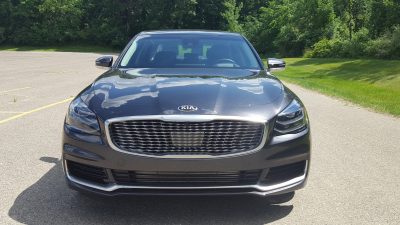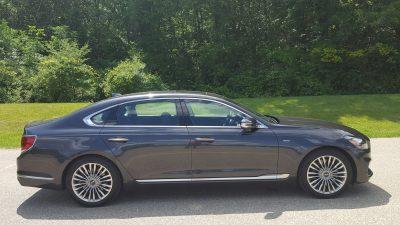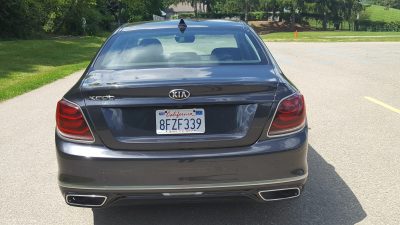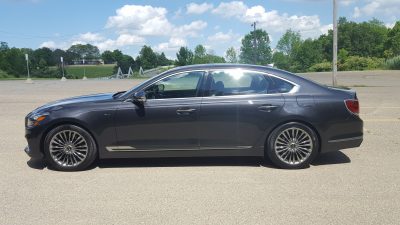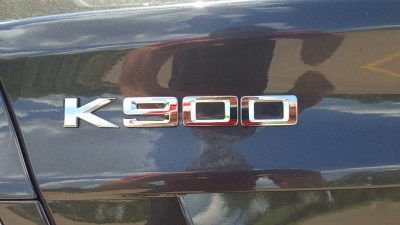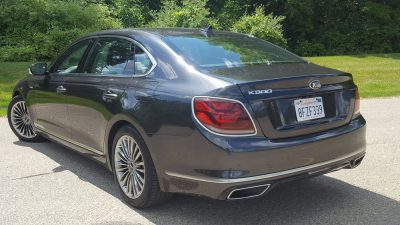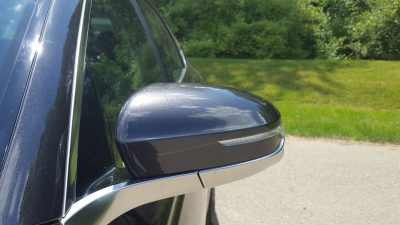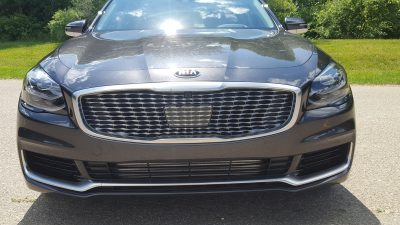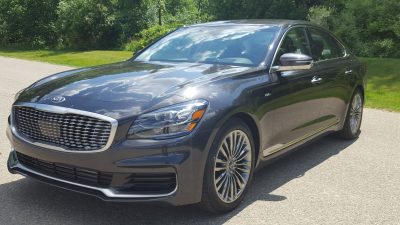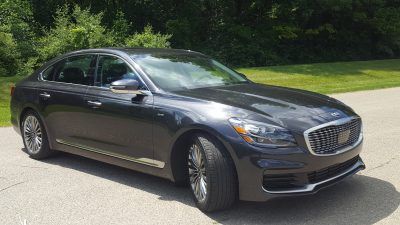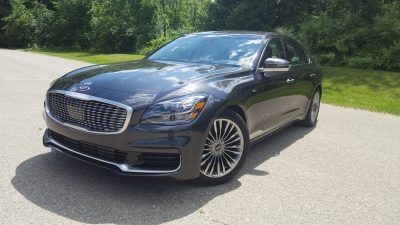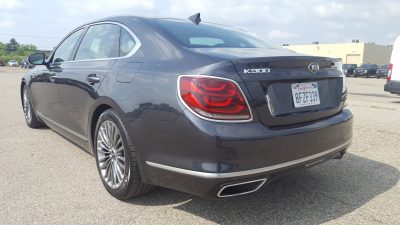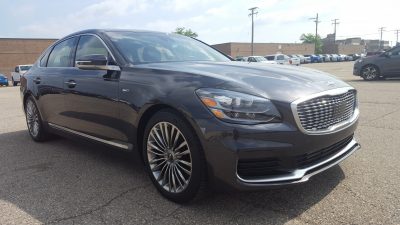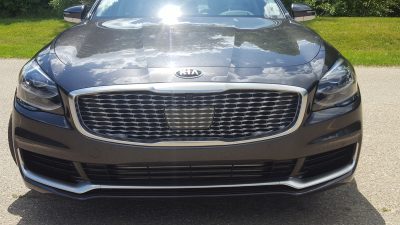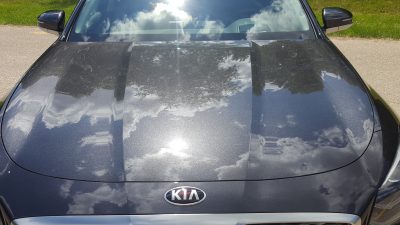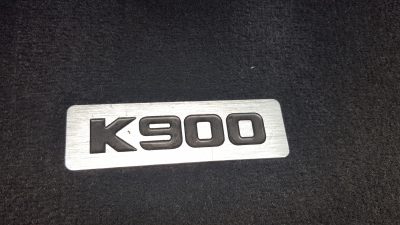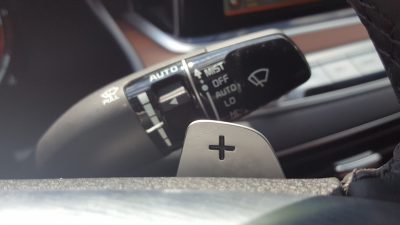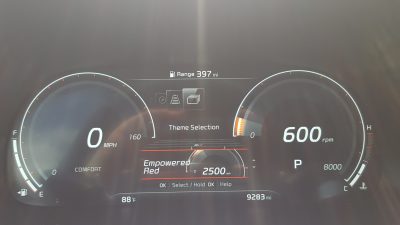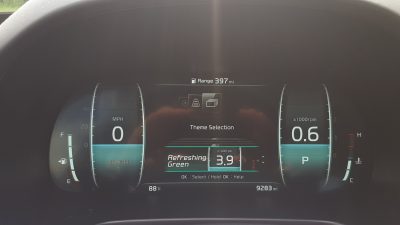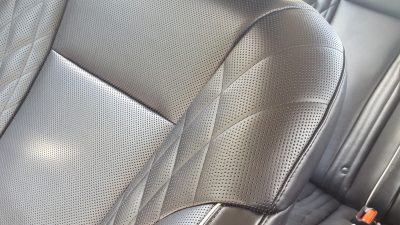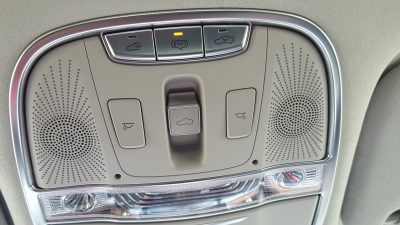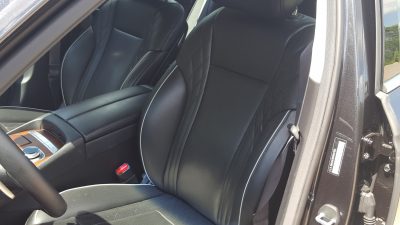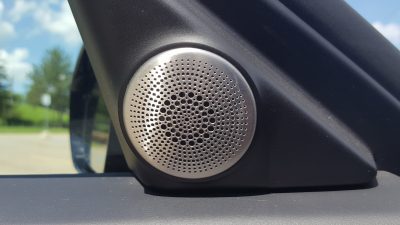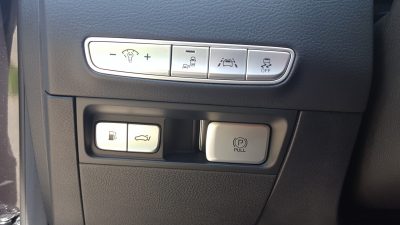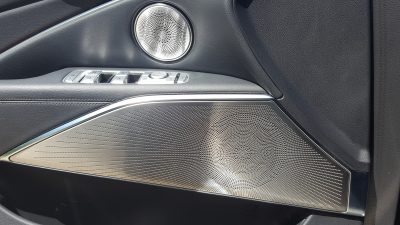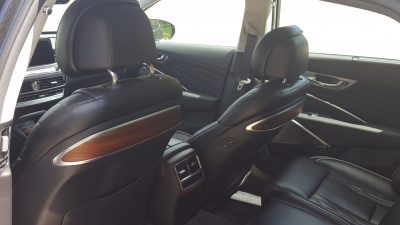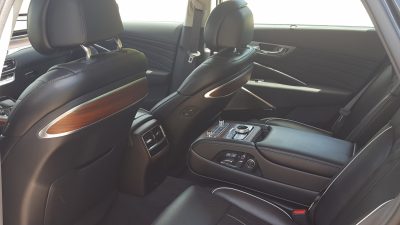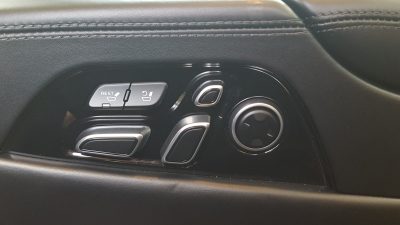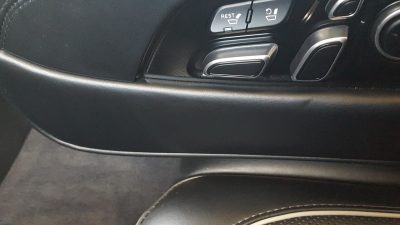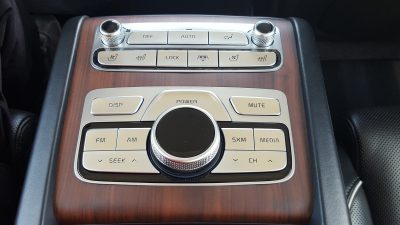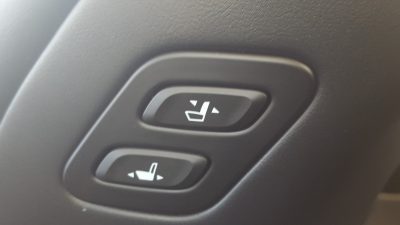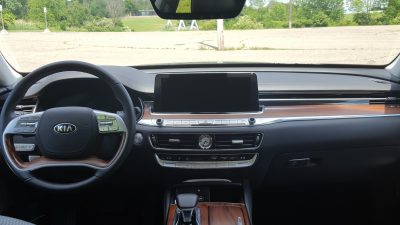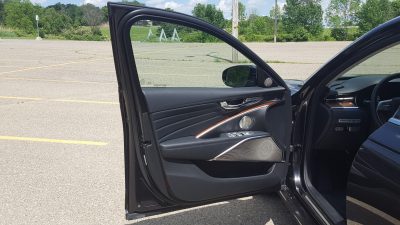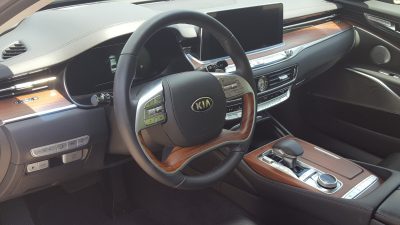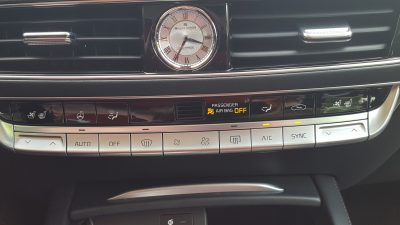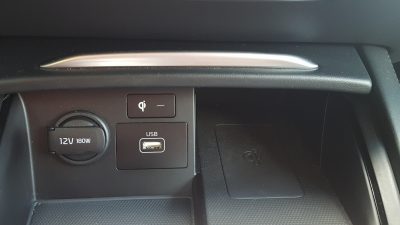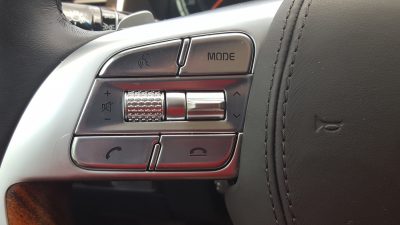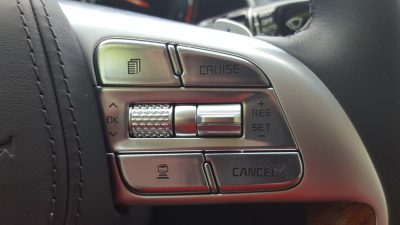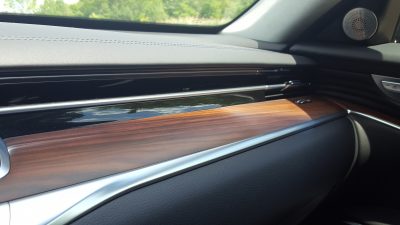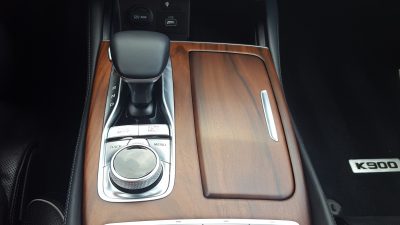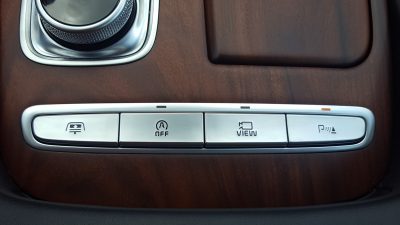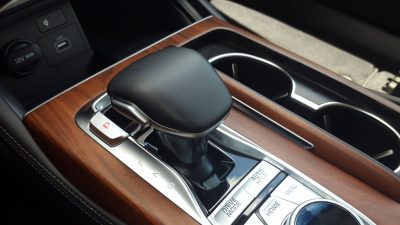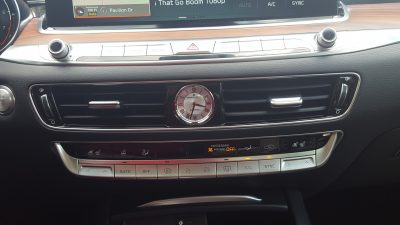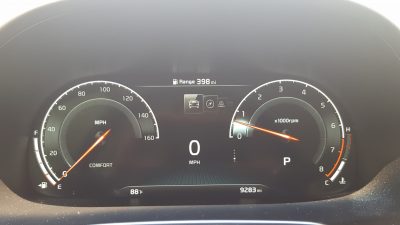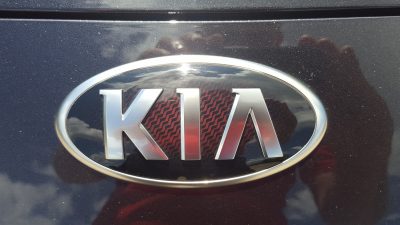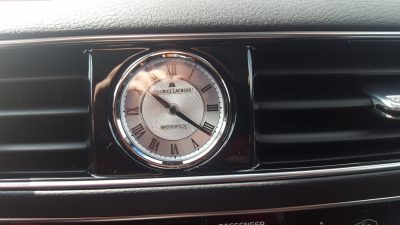When it comes to large luxury cars, they are rapidly becoming a dying species. With Ford and General Motors cleaning house with the axing of their large car models (CT6 and Continental excluded for the moment) this particular segment is slowly becoming more dominated by import brands. Case in point are the Genesis G90 and it’s Kia equivalent, the 2019 K900. Both of these large four doors aim to double down on providing plenty of size and luxury to those that refuse to conform with the revived trend of buying a large luxury SUV. We have had plenty of opportunities to see life in the G90’s side of town, but it is only recently that the K900 has finally begun making the rounds, with our example being the first one to visit our Michigan outpost. This presented us with an intriguing question, which luxury laden V6 Korean flagship sedan is the best? We were eager to find out.
Kia Still Defines Understated Luxury…For Now:
When our Panthera Metal hued Luxury model was delivered to our office, its own distinct interpretation of styling and profiling immediately made a good first impression. While the current generation G90 has exterior styling that makes it both at home in a classic mafia flick, as well as at the local board meeting, the K900 adds more subtlety and elegance to its canvas, and the end result is a modest, but welcome improvement over the old car. Speaking of the old K900, it focused much of its attention on the interior, with the exterior styling back then being about as bland to look at as playing the vintage CD-i game “The Flowers of Robert Mapplethorpe” (that’s a real video game believe it or not). This time around, Kia designers decided to invest more time into this particular aspect, and overall it’s a welcome improvement over the old model. We wished that Kia designers would have taken more risks with select design elements, but we do like some of the mellow cues that stand out to the eye. The rear fascia for instance, is obviously inspired by newer Mercedes models, and the smooth lines in this area embody a sense of refreshing simplicity. The front fascia also adopts this theme, with the revamped headlights sporting very visually distinctive LED headlights, and the lower front bumper going for more of an elegant approach versus being overtly sporty.
The end result is a design that is not offensive in anyway, but also lacks memorable details, as well as some of the sporty visual cues that link it to the rest of the Kia brand language. In short, it doesn’t look like a Kia at first glance, but thankfully, the styling does regain some ground by making full use of the large architecture. The greenhouse for example is large, and the shape of the cabin aims to enhance head and legroom. When compared to the G90, the Kia lacks some of the coolness and distinction that defines the Genesis, but for buyers that are looking to standout from the rest of the Kia lineup, and are willing to fully embrace Kia’s reputation for providing the unexpected, the K900’s ambiance may just appeal to them as much as it did with some of my co-workers at my day job, who gravitated towards the K900 like it was a high profile celebrity.
Elegant Interior Makes You Forget You’re In a Kia:
When it comes to wowing the senses with good interior appointments, both cars do a good job of going above and beyond in this arena. Ultimately, it is actually the K900 that managed to stand out to us more this time around. The interior in the big Kia has a healthy mixture of wood, metal and leather trim, and it is a very mellow, understated, and comfortable place to spend time in. The dashboard design is also very good, and it further highlights the sheer amounts of width that is available for occupants to enjoy. There’s no new ground broken here when compared with the ritzier G90, but it’s ok since the cabin is like a warm alpine lodge in the way it provides oodles of comfort, but without going overboard. Front head and legroom are quite cavernous with both the driver and front passenger having plenty of room to stretch out and relax. Rear passengers are outright spoiled with the amounts of control and comfort that they are provided. A prominent control panel emerges from the rear center console and it not only allows rear passengers to control various seat functions, but to also control the radio, and even move the front passenger seat up to allow them the ability to recline and relax. Opt for the $,4,000 VIP package like our car, and it adds opulent extras such as a premium headliner, tri-zone climate control, cooled rear seats, and lateral adjusting rear seat headrests. Emily served as our volunteer passenger, and she was so enthralled with the accommodations that we had a hard time getting her out when it came time to bring her home.
The VIP package also brings a 12.3 inch TFT digital instrument cluster to the K900, and this is arguably one of the best TFT clusters we have seen. The gauges are very clear, and they also have distinct styling differences when viewed through the various driving modes. The gauge cluster also hides cleverly placed cameras that give you a glimpse of the right and left sides of the K900 when the turn signals are on. While this feature can be a bit of a distraction in city driving, it rapidly morphs into a godsend when out on the freeway, with the cameras offering welcoming views of the car’s blind spots when making a lane change. This obviously helps make up for the massive rear blind spots created by the rear pillars, and we wish that more car companies would offer this helpful feature in their other models. The K900 also uses the latest iteration of Kia’s UVO infotainment system, but here, it is paired with a 12.3 inch touchscreen, which allows multiple functions to be displayed at once. There is not much flash here, but the UVO system goes through the motions in a way that is consistently good, and will make you forget about the burned Dante’s Inferno style world known as Cadillac’s CUE system (the nightmares still burn my soul). Safety is also a paramount item in the K900, with Kia engineers literally including just about everything you can imagine. That includes blind spot monitoring, rear cross traffic alert, surround view rear backup camera, forward collision alert, lane departure alert and so much more.
Our lone complaint is that Kia engineers didn’t bring any distinctive surprises or unexpected features to the K900, with the big four door only delivering what’s expected and not much else. This might disappoint buyers looking to switch from an LS or even a BMW 7 Series, but we are glad to see that the K900 offers not one but two wireless charging pads for both front and rear passengers (a rarity in this segment). Overall, the interior is like picking Drew Brees in fantasy football, it doesn’t go above and beyond in wowing you with its charms, nor does it stumble hard on its face. Instead, it delivers a consistently good experience, and sometimes, that’s the best thing money can buy.
Spirited V6 Makes Us Long For The V8:
Unlike the G90 as well as the older K900, Kia does not offer a V8 option for the revamped model, with all trims making do with the same twin-turbocharged V6 that also sees duty in the Stinger sport sedan. In this application, the engine is good for 365 horsepower and 376 lb-ft of torque with all of this power being sent to all four wheels through an eight speed automatic transmission that is paired with a standard all-wheel drive system. When compared with others in its segment, the K900 is on the low end of the spectrum, with the Lincoln Continental offering the choice of either a standard 335 horsepower V6 or the optional 400 horsepower twin-turbocharged V6. The Cadillac CT6 can also be had with a twin-turbocharged 400 horsepower V6, and the Genesis G90’s 420 horsepower V8 is smoother and just as powerful.
But out in the real world, the paper statistics do little to hide the fact that the K900 is a pretty quick entry for its size, with plenty of power available to move this luxo-boat around with reasonable authority. Much of the credit here goes to the eight speed automatic which shifts in an impeccable almost stealth like manner, and always has the right gear available when you need it. Like other Kia/Hyundai/Genesis products, the transmission comes bundled with four drive modes Comfort, Eco, Smart, Custom, and Sport. Like before, Eco is best left unused, with the bulk of our time being spent in Comfort and Custom modes. Sport mode sharpens up the throttle response, suspension, and steering. But this car is not a Stinger, and it’s mainly good for extra assurance when freeway driving or blasting down on ramps.
With such a strong showing in driving fun, our lone complaint ironically centered around the braking of our tester, which caused the car to unsettlingly rock back and forth briefly on its bump stops after applying the brakes at low speeds. This noticeably disrupts the bank vault like levels of serenity and quiet, and at one point even made us feel a bit nauseous. We never experienced this with the G90, and we suspect that the unusual rocking we observed was caused by different suspension tuning as well as chassis construction.
Value Quotient:
At $59,900, the 2019 K900’s pricing is higher than many of its direct competitors which include the Cadillac CT6 ($46,995), Lincoln Continental ($46,145), and the elegant Volvo S90 ($48,100). However, the K900 only has one trim level, and with the sole option being the $4,000 VIP Package, our tester rang in with a final sticker of $64,985. In contrast, load up many of its rivals with all their options, and they can easily surpass the $70,000 barrier especially in the case of the Volvo and the Lincoln. In fact, the lone vehicle in its segment that has a higher price than the Kia is its corporate sibling the Genesis G90. Its base MSRP of $68,350 is higher than the Kia’s, and even with its optional V8 added, it still rings in at a fairly reasonable $74,000. But when it comes down to which car is indeed better? It ultimately comes down to taste, and which side of the coin you prefer. The G90 is arguably the brasher of the two, and it will certainly do a good job of getting you noticed especially once the revamped 2020 G90 makes its way to showrooms in the near future.
As for the Kia, it’s a different kind of luxury car, one that prefers to blend in with the crowd while still allowing owners to showoff its own unique interpretation of luxury. While we will still long for the optional V8, the 3.3T is still a very spirited animal, and its Stinger infused charms should help lure in a younger audience that wants to be distinctively different from the rest of the crowd.

Carl Malek has been an automotive journalist for over 10 years. First starting out as a freelance photographer before making the transition to writing during college, his work has appeared on numerous automotive forums as well as websites such as Autoshopper.com.
Carl is also a big fan of British vehicles with the bulk of his devotion going to the Morgan Motor Company as well as offerings from Lotus, MG, and Caterham. When he is not writing about automobiles, Carl enjoys spending time with his family and friends in the Metro Detroit area, as well as spending time with his adorable pets.

